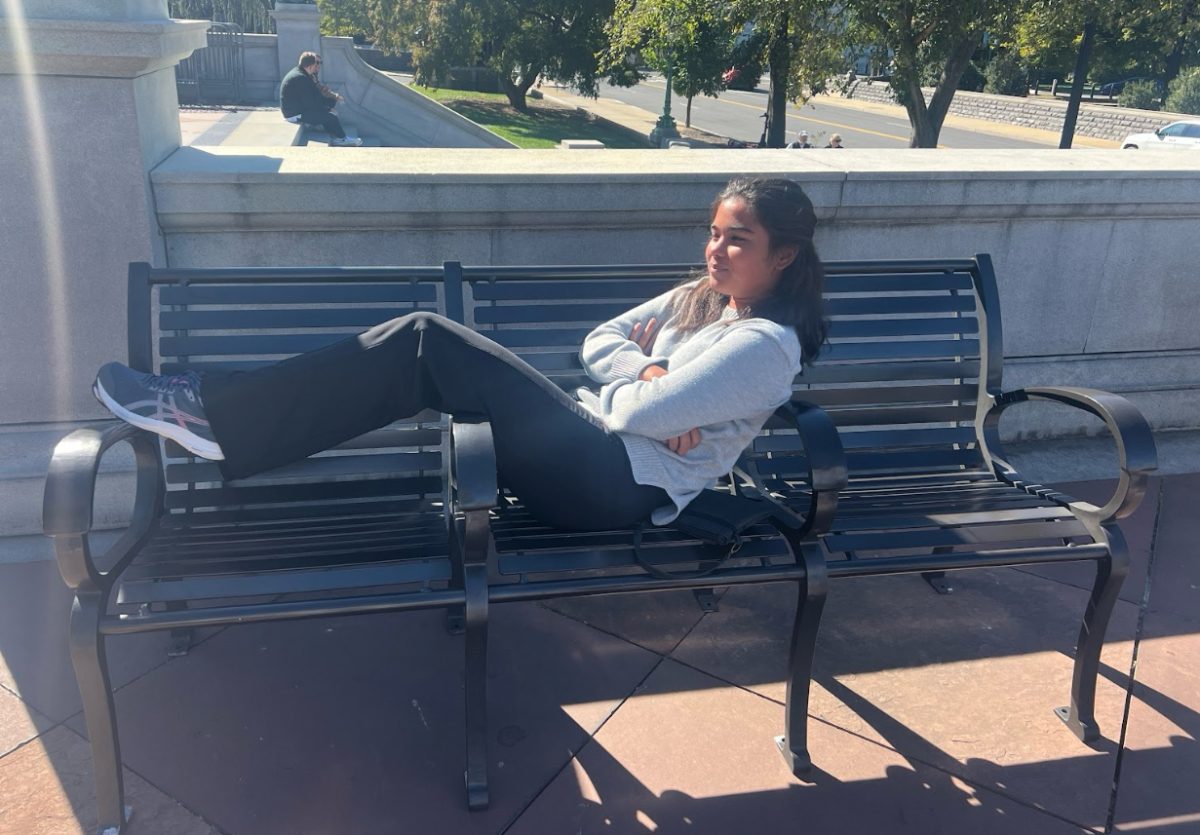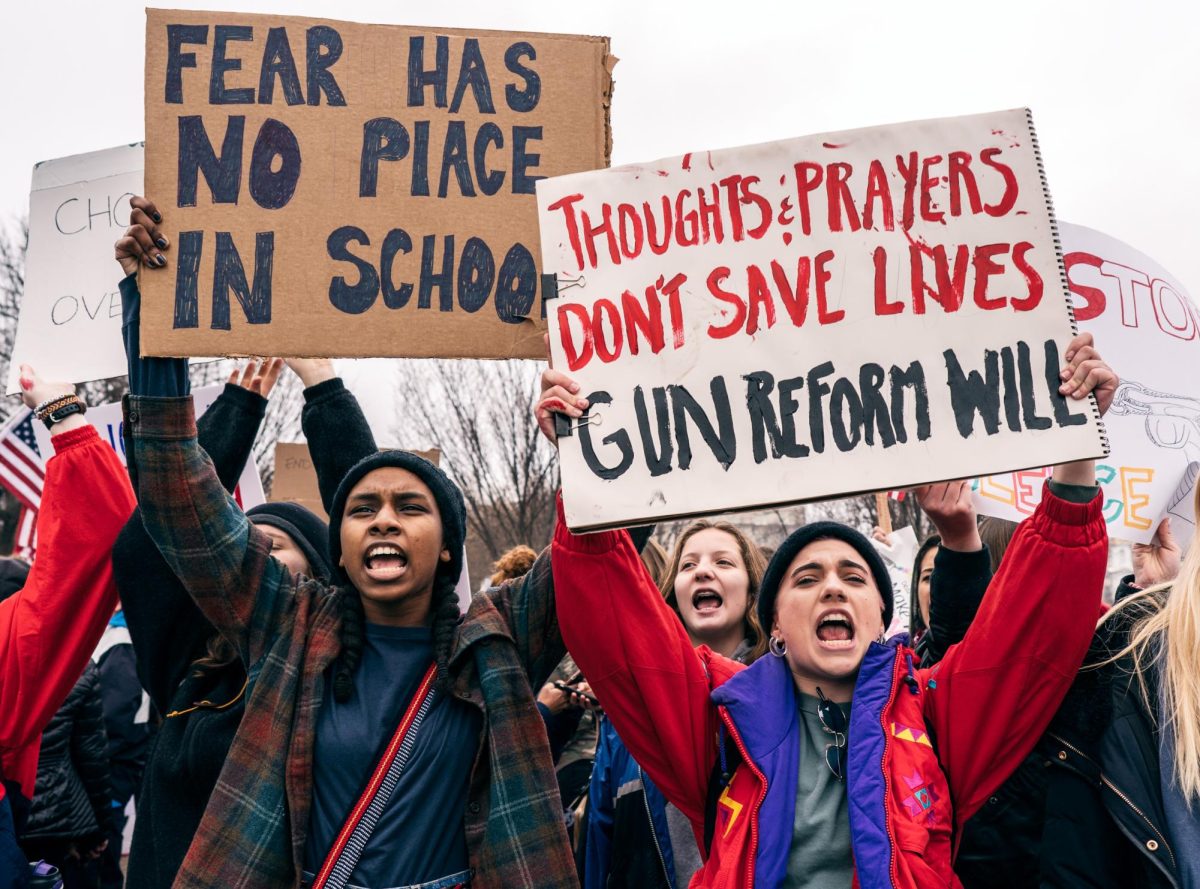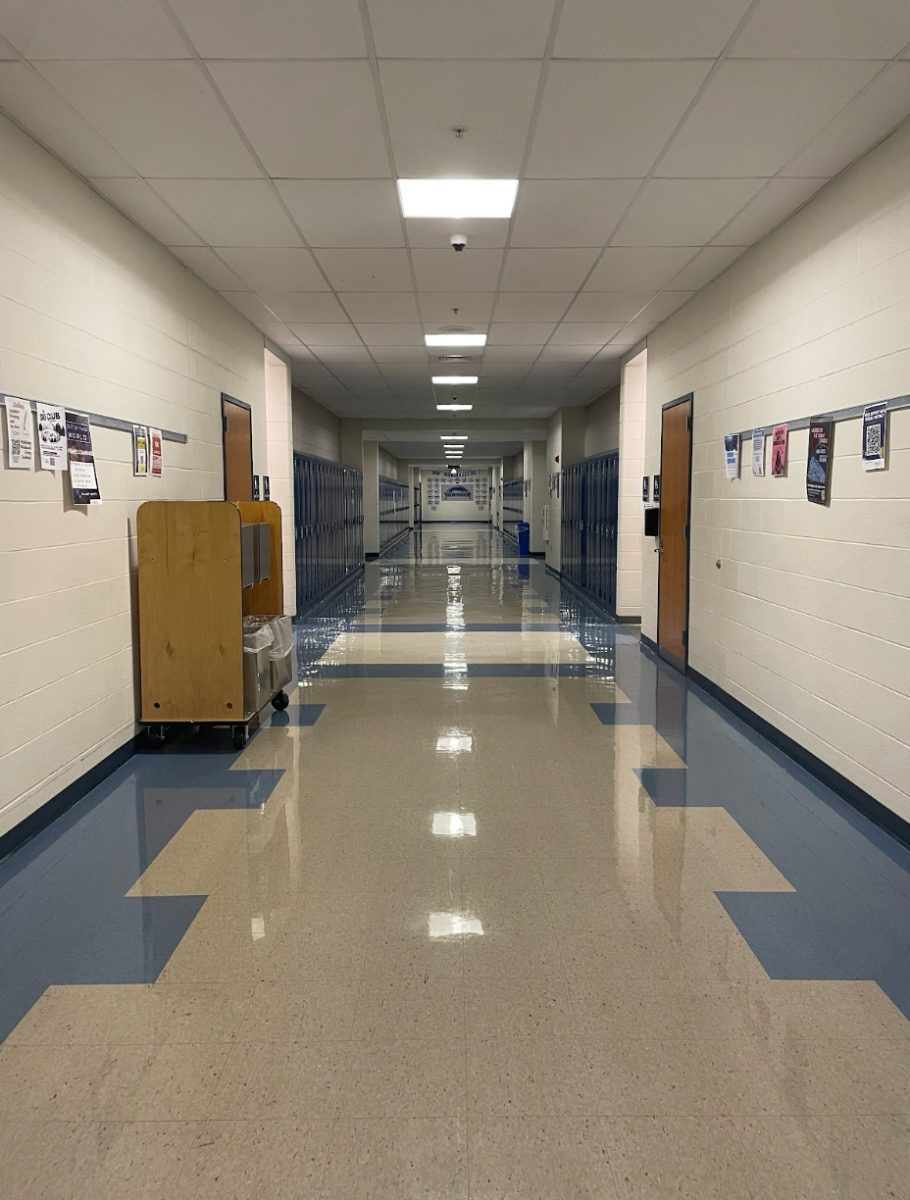It’s no secret that public spaces are becoming less and less friendly by the day. Parks and other recreational areas used to be full of people sitting on benches talking about their days, skateboarding or roller skating along sidewalks and simply enjoying the civic spaces that constitute many urban cities and communities.
Now, most of these areas have been stripped of their livelihood.
Hostile architecture, defined by Britannica as an “urban design strategy that uses elements of the built environment to guide or restrict certain behaviors” has become more and more present throughout recent years. The increase is especially notable as homeless populations have risen, according to the National Alliance to End Homelessness. This architecture is meant to prevent people from loitering, sleeping and any other activities that are perceived to be “undesirable” in public spaces.
The list of architecture meant to control and obstruct free usage is long and often appalling. Examples from Rethinking the Future include sectioned-off or otherwise unorthodox benches in parks, spikes on steps and windowsills, leaning bars rather than seats in train stations, metal studs on fountains and walkways and many more. Rather than focusing on connecting and beautifying the community as architecture is meant to do, hostile architecture functions only to isolate citizens.
These forms of design are meant not just to stop general loitering, but specifically to displace people that are experiencing homelessness. Benches that are sectioned off with bars or removed entirely prevent a person from being able to sleep there, as many houseless people without other options tend to do. With opportunities like these gone, many have now resorted to sleeping on the ground in alleys or subway stations.
Forcing houseless people out of public spaces is detrimental to the community and is cruel in many ways. When displaced from relatively safe places like bus stops and park benches, many unsheltered people must turn to dangerous areas including alleyways and spaces underneath bridges. In many cases, residing in these unsafe regions puts them further at risk of criminalization and other harm that may come to them.
Through the creation of hostile architecture, city governments are essentially telling the houseless population that they are something to be ashamed of and hidden from public spaces. These antagonistic, inhumane constructions demean and humiliate the unsheltered members of a community, regarding them as inferior to their neighbors because of a situation that generally is out of their control.
It is imperative that the unhoused members of our communities are treated with the same respect and dignity as any other neighbor. Hostile architecture does nothing but the opposite. Urban planning should aim to create welcoming, tight-knit communities, not to further divide and isolate residents. This growing trend of exclusionary design in public spaces must come to an end.









